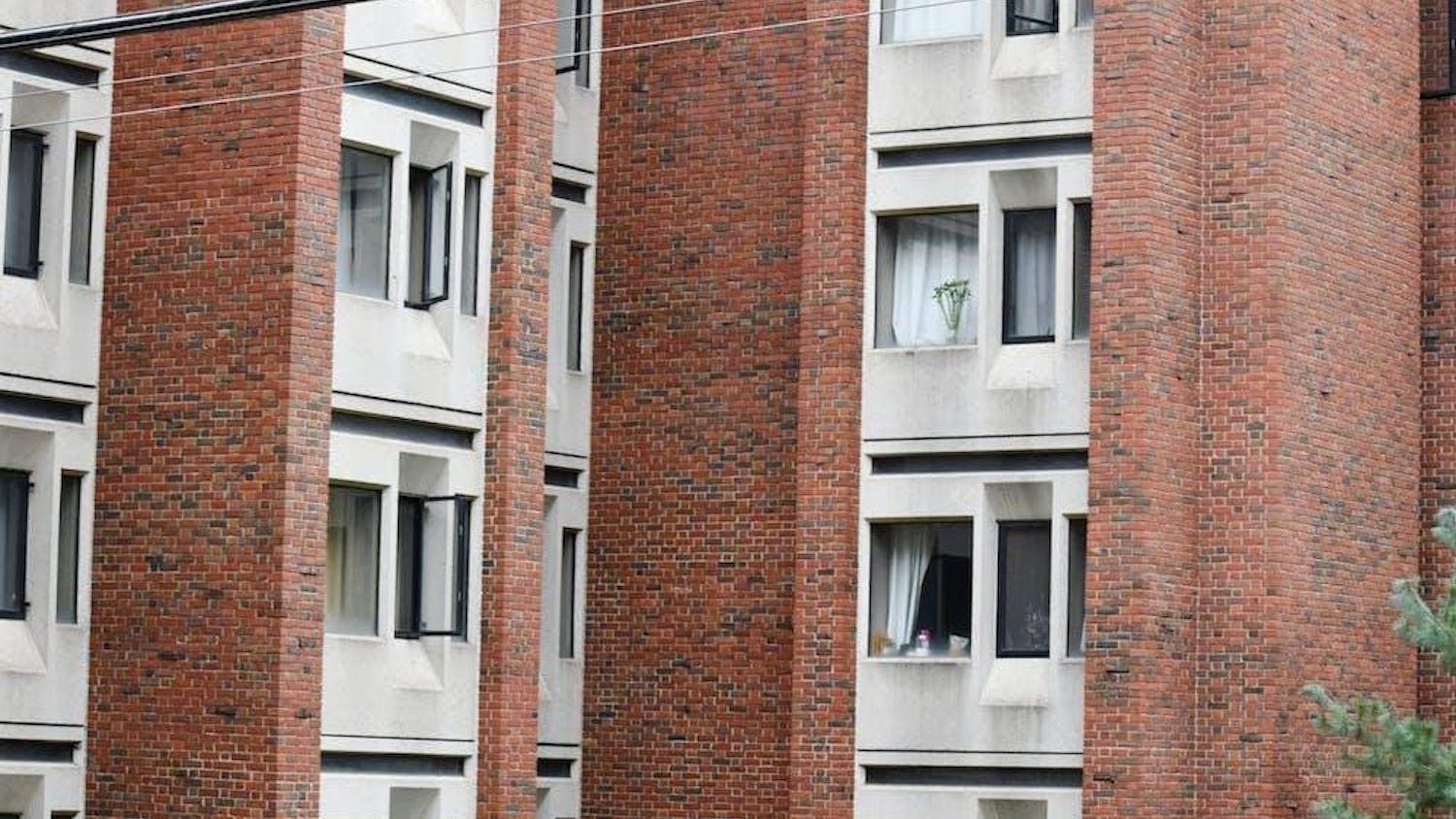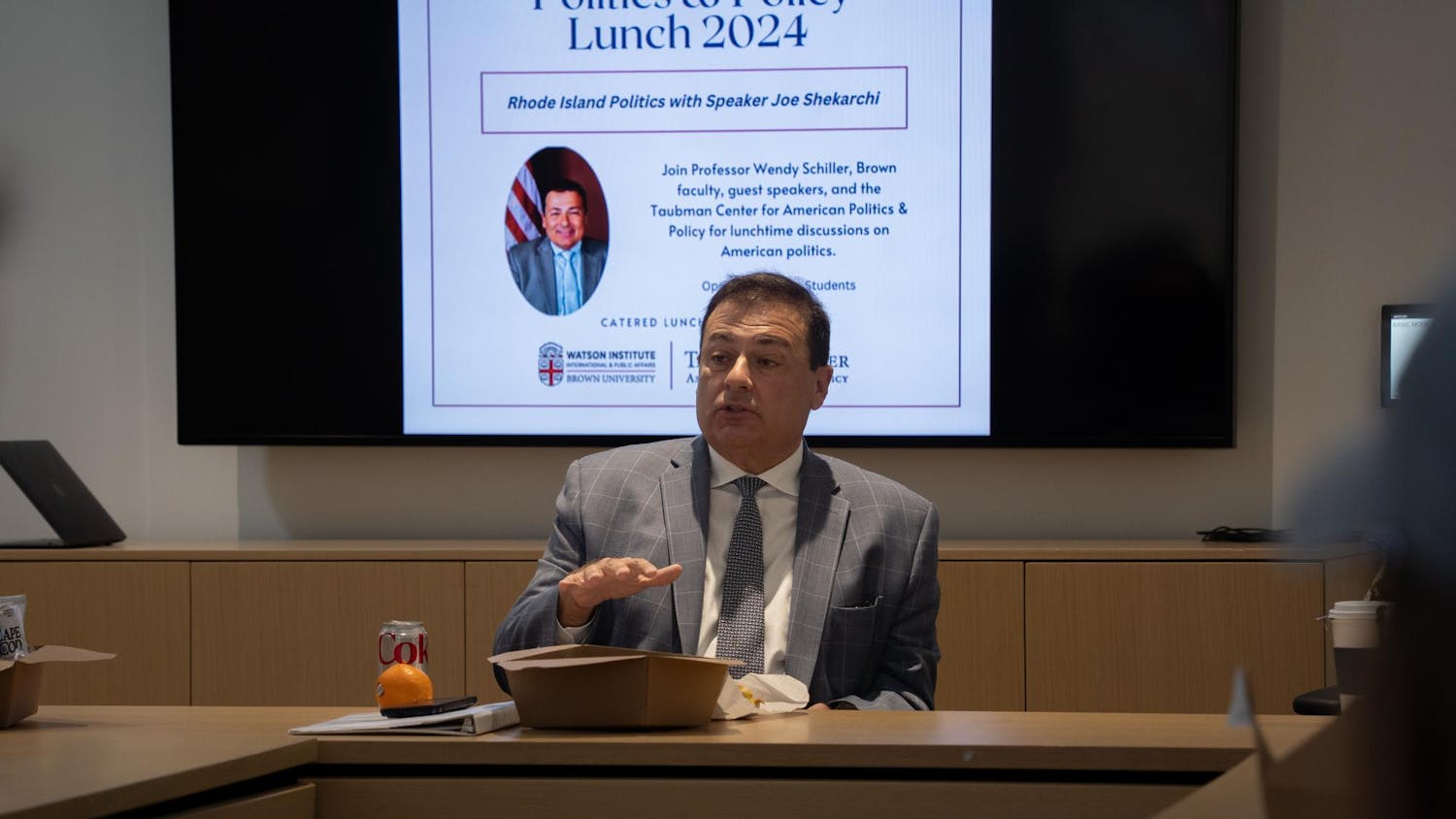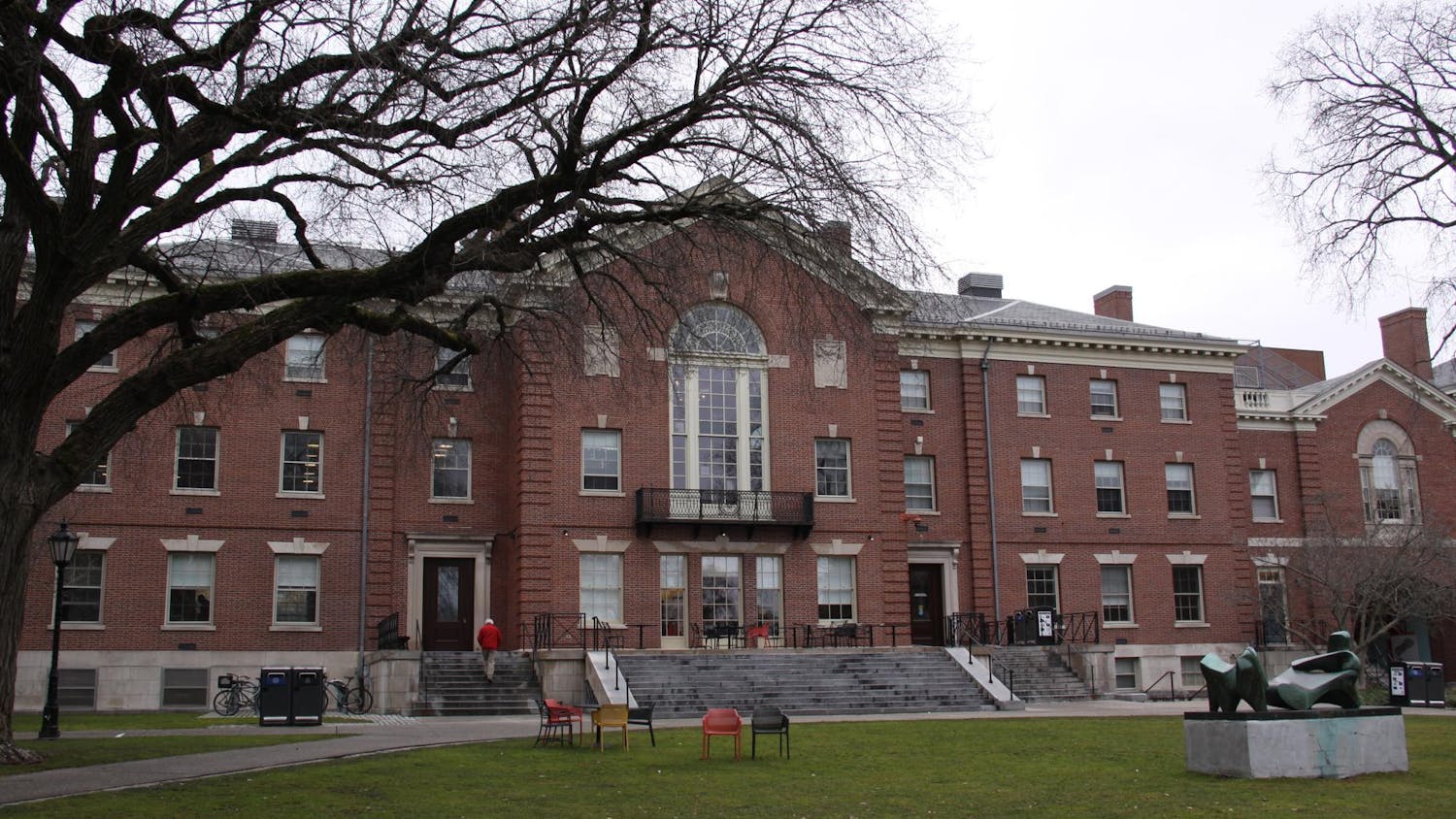The Corporation approved a $786.6 million budget for the next fiscal year, authorized construction for capital projects and voted to reappoint two of its top members for second terms at its meeting Saturday. The University will also lay off employees at the end of this fiscal year.
In order to eliminate a projected $30 million deficit, the University's highest governing body approved a number of administrative changes recommended by the Organizational Review Committee — including reducing outside purchases and consolidating administrative resources — and raised undergraduate tuition and fees by 4.5 percent to $51,360, which includes a new, mandatory $64 student fee for access to recreational facilities.
Tuition for the Graduate School will increase by 4.9 percent and medical student tuition by 5 percent.
President Ruth Simmons announced in an e-mail to the campus community that she will remain at Brown "beyond the 2010–11 academic year," which will be her 10th year as president.
Next year's budget expands undergraduate financial aid by 6.5 percent, according to Simmons' e-mail. The Grad School's financial aid budget will rise 14.4 percent while the Alpert Medical School's financial aid budget will increase 16.3 percent.
The University will also increase faculty and staff salaries by 4 percent and 3 percent, respectively, and add staff members in key areas such as its new supercomputer center.
The University will also increase undergraduate enrollment to 5,895, adding 30 students to the current enrollment allotment by accepting more transfer students.
The Corporation, which meets in February, May and October, approves the University's annual budget, makes other key strategic decisions and oversees the University's administration, including Simmons.
"There was quite a bit of reflection at the meeting," said Chancellor Thomas Tisch '76 P'07, who was elected to his second three-year term as the University's highest officer. "Brown has been able to build on the foundations that were laid at the early years of the Plan (for Academic Enrichment) and make forward progress on many of the initiatives."
He said the capital projects are on a "faster track forward" than initially expected, putting them in a position to impact current students.
The Corporation expressed a desire to build upon the Plan despite the financial climate, Tisch said.
"There is also still a great degree of caution about the overall economic environment," he said. "There was a tone of, in many cases, building caution, optimism and prudence."
The Corporation also asked Simmons to stay beyond the 2010–11 academic year, he said.
Her agreeing to remain Brown's president means she will "be at Brown for more than ten years," he said. "It will ensure that there is no low in a transition that coincides very much with the end of the campaign."
The newly approved operating budget — which includes the general budget as well as those for the Division of Biology and Medicine and auxiliary services such as the Office of Residential Life and Brown Dining Services — is 3.9 percent bigger than this year's budget. Before the University endowment fell by $740 million to just over $2 billion at the end of 2008, budgets were projected to increase by 5 percent each year over the next five years.
"The biggest cuts really came from the Organization Review Committee recommendations," said Executive Vice President for Finance and Administration Beppie Huidekoper. She said the proposals, which were unveiled in a report released Feb. 2, outlined $14 million in total budget reductions including streamlining administration in key areas and increasing revenue.
"The other two budgets are expected to come out even or create a small surplus," Huidekoper said.
The University now plans to spend $100 million less in the five-year period that began in July than it projected in 2008, she said.
Huidekoper said the budget reductions will also include layoffs for University employees.
Plans for the cuts will be determined "in the next couple of weeks," she said, adding that the University will try to find other vacant positions within the University for those who are laid off. Those who cannot be hired elsewhere will receive severance packages similar to those announced last year, she said.
Simmons wrote that the budget is now "balanced both financially and programmatically."
Despite the reductions, "we're not short-shrifting the programs in order get to a balanced budget," Huidekoper said. By increasing financial aid and faculty and staff salaries, the University is not "sacrificing programs" to reduce the deficit, she said.
The budget also emphasized academic initiatives such as graduate partnerships with other institutions.
"Where we have national or international quality partners in other institutions, we can build strength in ways that we can't just do directly," said Provost David Kertzer '69 P'95 P'98.
The Corporation also approved the merging of the Cognitive and Linguistic Sciences and Psychology departments and authorized the University to begin construction on the new aquatics and fitness center and medical education building. It also reelected Jerome Vascellaro '74 P'07 as its vice chancellor.




